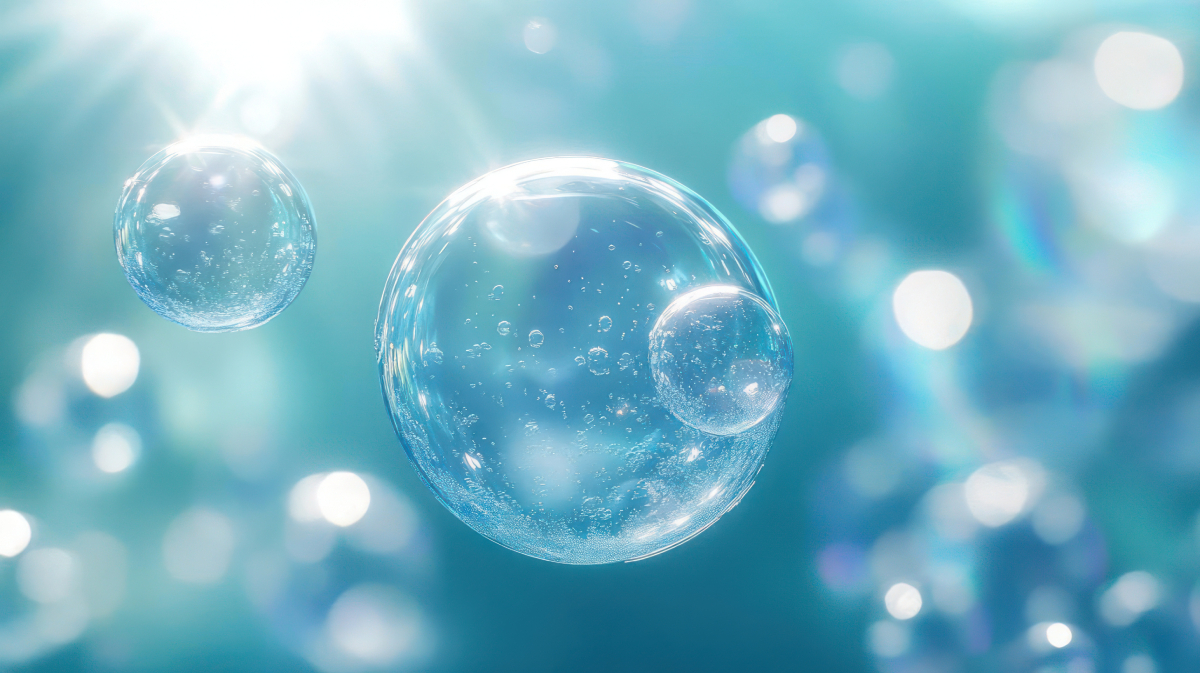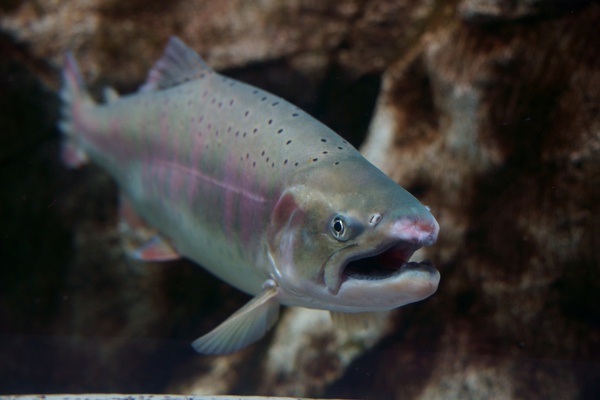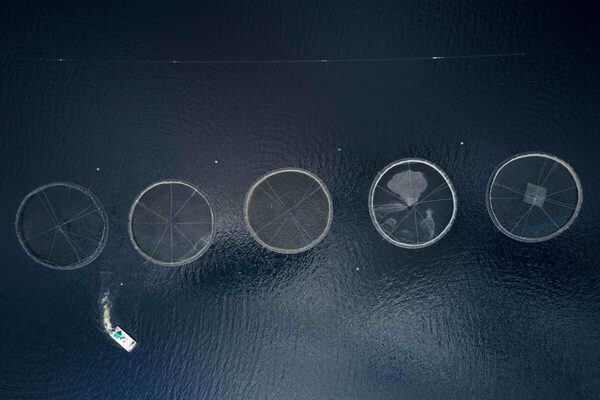Dissolved oxygen (DO)
Dissolved oxygen (DO) is critically important in aquaculture for several reasons, as it directly affects the health, growth, and survival of aquatic organisms.

Fish, crustaceans, and other aquatic organisms rely on oxygen dissolved in water for respiration. Insufficient DO levels can lead to hypoxia, where organisms cannot take in enough oxygen to meet their metabolic needs.
The optimal DO concentration varies depending on the species being farmed, but typically, levels above 5-6 mg/L are recommended for most fish and shrimp species. Levels below 3 mg/L are generally harmful, while levels below 2 mg/L can cause mass mortality.
Low levels of dissolved oxygen in recirculating aquaculture systems can also reduce the ability of bacteria to mitigate the buildup of harmful substances such as ammonia.
At sea, warmer temperatures, the presence of algal blooms and other factors can cause the DO level to change. Monitoring DO is one of the key parameters to ensure fish health.




